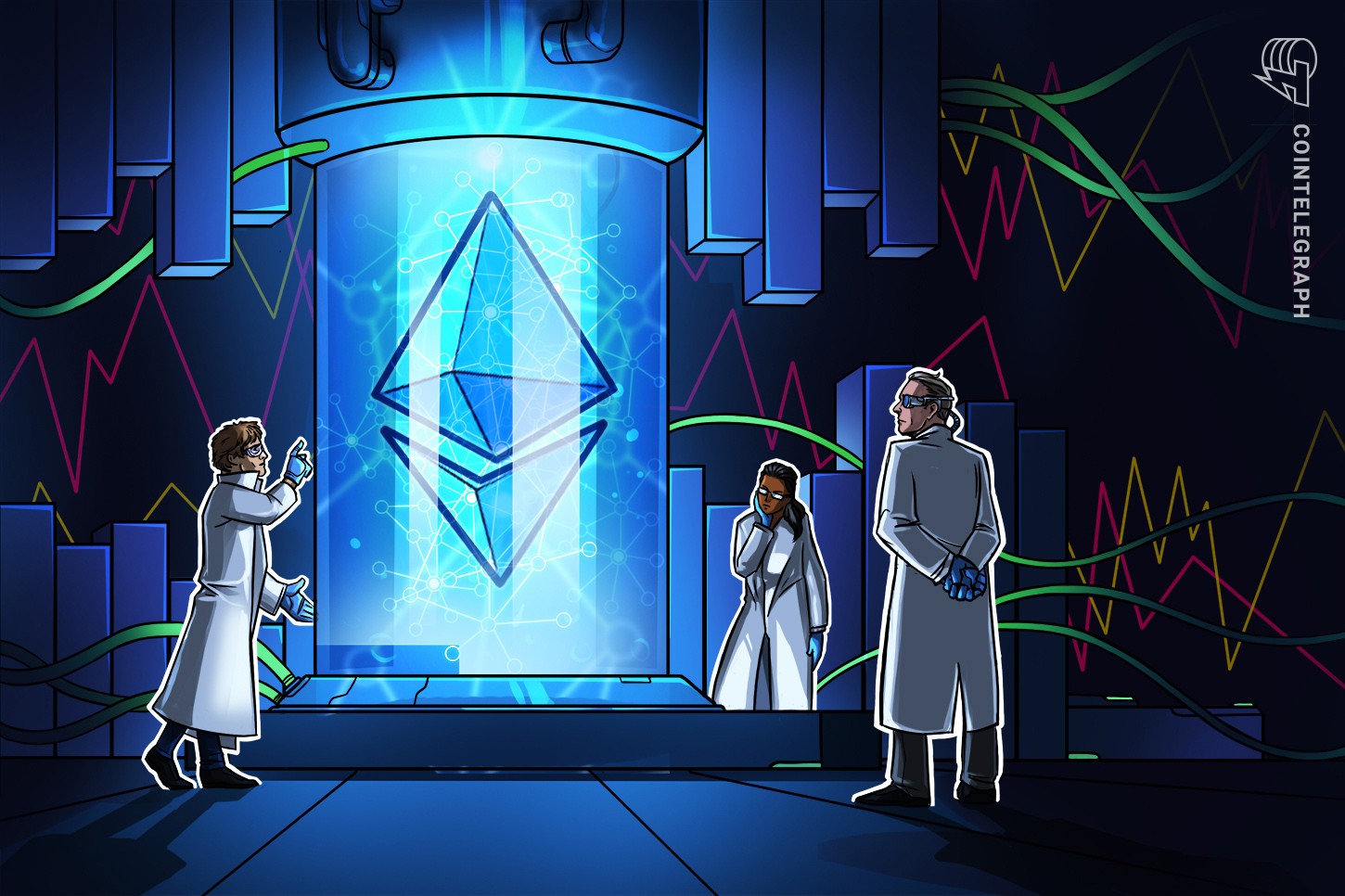The Ropsten testnet on the Ethereum network is ready to set the stage for the “first dress rehearsal” of the Merge to adopt the proof-of-stake (PoS) consensus mechanism.
Core Ethereum developer Tim Beiko announced on Tuesday that a new Beacon Chain for Ropsten has been launched. It will serve as the precursor for the final test Merge, which is expected to be “around June 8th.”
Ropsten Merge Announcement
— Tim Beiko | timbeiko.eth (@TimBeiko) May 30, 2022
Ethereum's longest lived PoW testnet is moving to Proof of Stake! A new beacon chain has been launched today, and The Merge is expected around June 8th on the network.
Node Operators: this is the first dress rehearsalhttps://t.co/0fDHObLOmn
The Ropsten testnet is one of many testing grounds for Ethereum clients. It mimics aspects of the Ethereum mainnet including the use of a valueless form of Ether (ETH) to execute transactions and the coding environment, but changes made there do not affect the mainnet.
Ropsten is also Ethereum’s longest-lived proof-of-Work (PoW) testnet which launched in 2016.
Ropsten beacon chain genesis was a success!
— terence.eth (@terencechain) May 30, 2022
Few validators are offline and expected due to testing,
anyone can follow the progress here: https://t.co/ukRaNFpyzP pic.twitter.com/TU61t5lC78
When Ropsten finally undergoes its own Merge, it will be a first look at what the real Merge may look like on the Ethereum mainnet. The resulting effects on the testnet, its applications and clients will give developers first-ever glimpses into what they can expect to happen for the mainnet Merge and how to prevent problems from arising.
Beiko said that there are still several things developers and node runners must prepare for in the time leading up to the Ropsten Merge date. The Beacon Chain must launch the latest upgrade, and the mining difficulty, known as the TTD, of the PoW side must be determined.
The upgrade will come first followed by the TTD, which “should be chosen by June ⅔,” added Beiko.
Related: Ethereum Beacon Chain experiences 7 block reorg: What’s going on?
The Merge is one of the most highly anticipated events in the history of the Ethereum network because it will accomplish several goals. It will convert Ethereum’s PoW consensus algorithm to PoS, will make the network vastly more energy-efficient and change the name of the network to the Consensus Layer, formerly known as Eth2. It is expected to take place in August this year.
Despite the hopes of thousands of Ethereum users, the Merge is not expected to reduce gas fees on the network.


